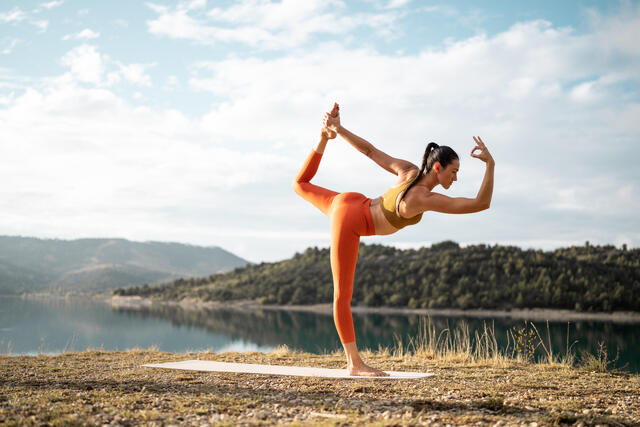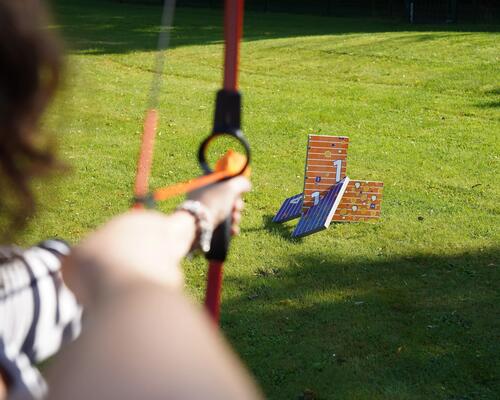1. What Parts Make Up An Arrow?
An arrow is made of different parts, and each part has its own special job. When these parts work together properly, the arrow can fly straight and hit its target. The way the parts of an arrow fit together shows how clever and creative people can be in making things that work well.
























